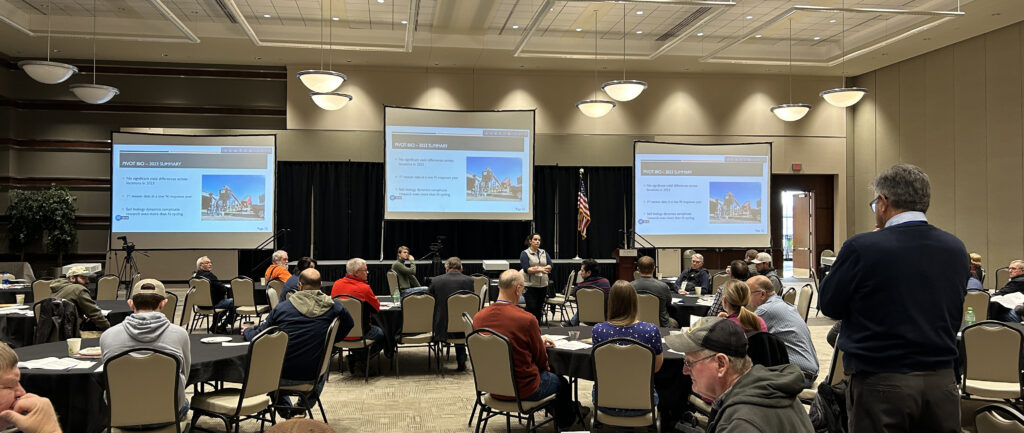The row width debate can be as contentious as Friday night football in Texas.
What is the best row width for soybeans?
The answer, like so many, is: “it depends.”
During my career, I have witnessed soybeans successfully grown in row widths ranging from broadcast (no rows) all the way out to 42 inches.
The soybean is a rather adaptive plant; to a major extent it fills the space allocated. Recent research indicates narrow rows are the way to go, but it also depends on a lot of factors.
The first factor is the planting implement. A grain drill has been the favorite planter of some soybean growers for generations. These row widths are typically in the 4-10 inch range; however, optimal seed-soil contact and, in particular, precise seed placement is lacking.
In the past, growers would simply increase seeding rate to overcome this limitation, but the seed cost has caused growers to examine use of equipment with more precise placement.
These precision planters can provide more precise seeding rates, seed placement and singulation when compared to other options. The improved yield and economics (lower seeding rate, greater seed survival) comes at a cost in both equipment (money) and weight (soil compaction).
What makes row width selection important? In days gone by, it was how we managed weeds; we cultivated between the rows with a mule and a sweep (cultivator), often followed by a kid with a hoe. So the rows had to be sufficiently wide enough (about 36-42 inches) to ensure a mule, or a clumsy kid, could pass through without damaging the crop. As we moved to tractors and more mechanical cultivation, row width gradually decreased.
As we began mastering agricultural chemicals, we saw the transition (narrow rows) continue. We began using row width and plant population to optimize sunlight interception. Research has shown that a uniformly distributed (evenly spaced) soybean population will better utilize light. We also realized, the quicker the canopy closed, the weed germination decreased. Thus we had two targets: optimize sunlight interception (increase yield) and decrease weed pressure (control competition).
So what is the optimal row width? There is a lot of variation, but current standards indicate optimal row width is somewhere between 7 to 15 inches, provided the seed is uniformly distributed, planted to an optimal depth, with adequate row closure and at an optimal seeding rate. Remember, at a uniform seeding rate, as you increase row width you increase seed number per linear foot of row, this will increase intraspecific (soybean vs. soybean) competition. If nutrients, especially water, are not limiting, this competition may not be an issue. However, when they are limited, especially evident during a drought, it will become a problem and individual plant production will suffer.
It sounds like everyone should be planting narrow row soybeans, right?
Not so fast. There are problems using narrow rows.
First, narrow rows only work better if you have the right planter. A grain drill is inexpensive, but doesn’t provide the even distribution, correct depth and adequate seed soil contact to attain the desired yield. Many farmers use the same planter for corn and soybean to increase efficient use of equipment and labor. As we plant so many crops at similar times, going to a narrow row means more than just hooking up to a second planter. The time to change row width might mean it would be more feasible to have a second tractor, planter and operator.
We know from past experience, wheel track damage increases as row width decreases. This is especially a problem with row widths less than 20 inches. Decreasing row width decreases time to canopy closure, which will increase humidity under the canopy, especially around the stem base. This increase in humidity will be associated with an increase in plant disease, especially white mold. Yield loss from other diseases, brown stem rot, sudden death syndrome and soybean cyst nematode will likely increase if susceptible varieties are used in a narrow row program. As you can see, decreasing row width is not always a win-win decision.
What’s the optimal row width? Well, my friend, that depends on your operation. If you are a larger operator with sufficient equipment, a very narrow row width may easily pencil out. If you are smaller, limited by equipment and labor, it may not. Your site may also suffer from pest pressure that narrow rows would lead to management issues.
Again, row selection is an example of “one size fits all, poorly.”
Take some time to make a sound decision.







